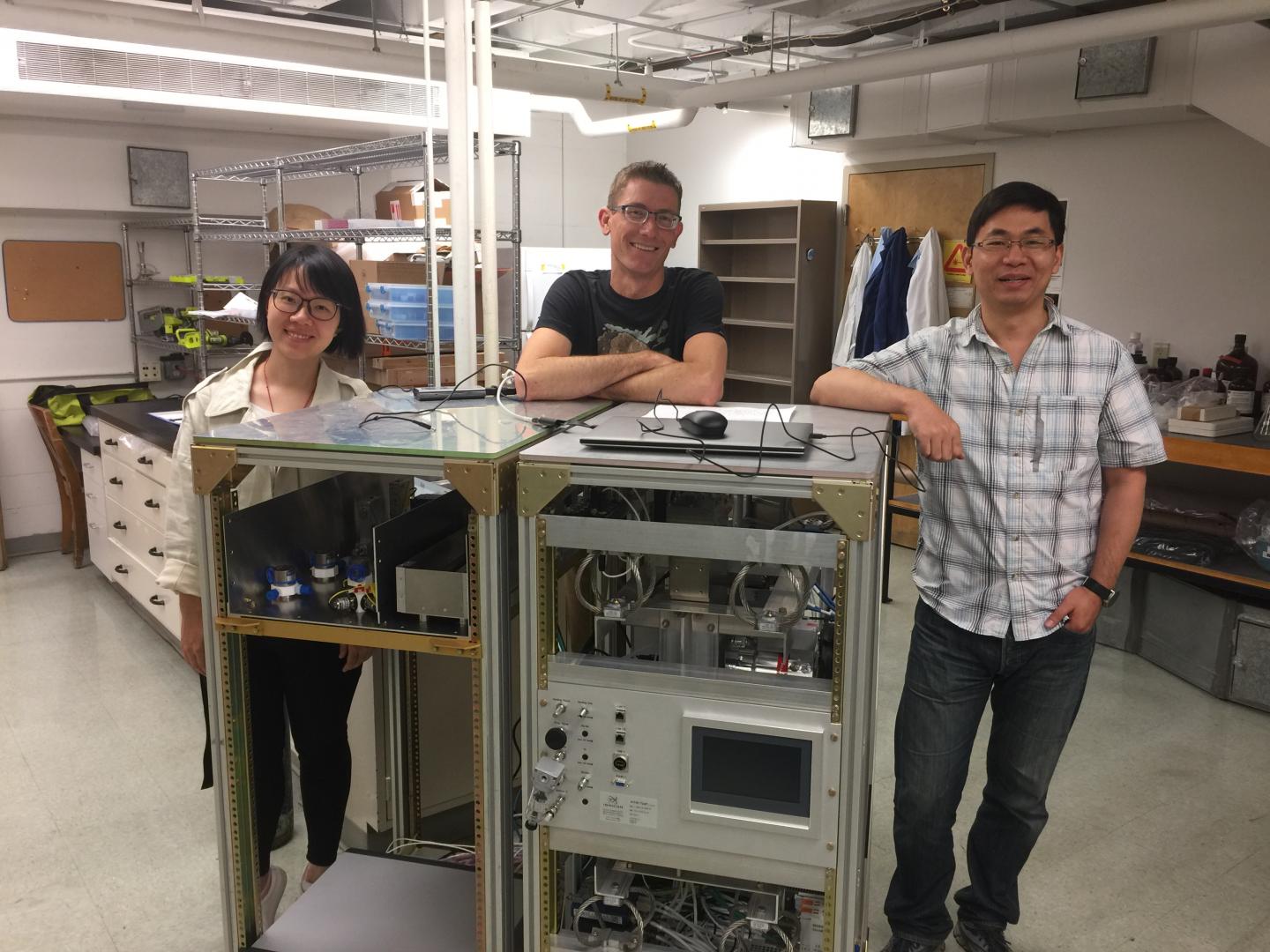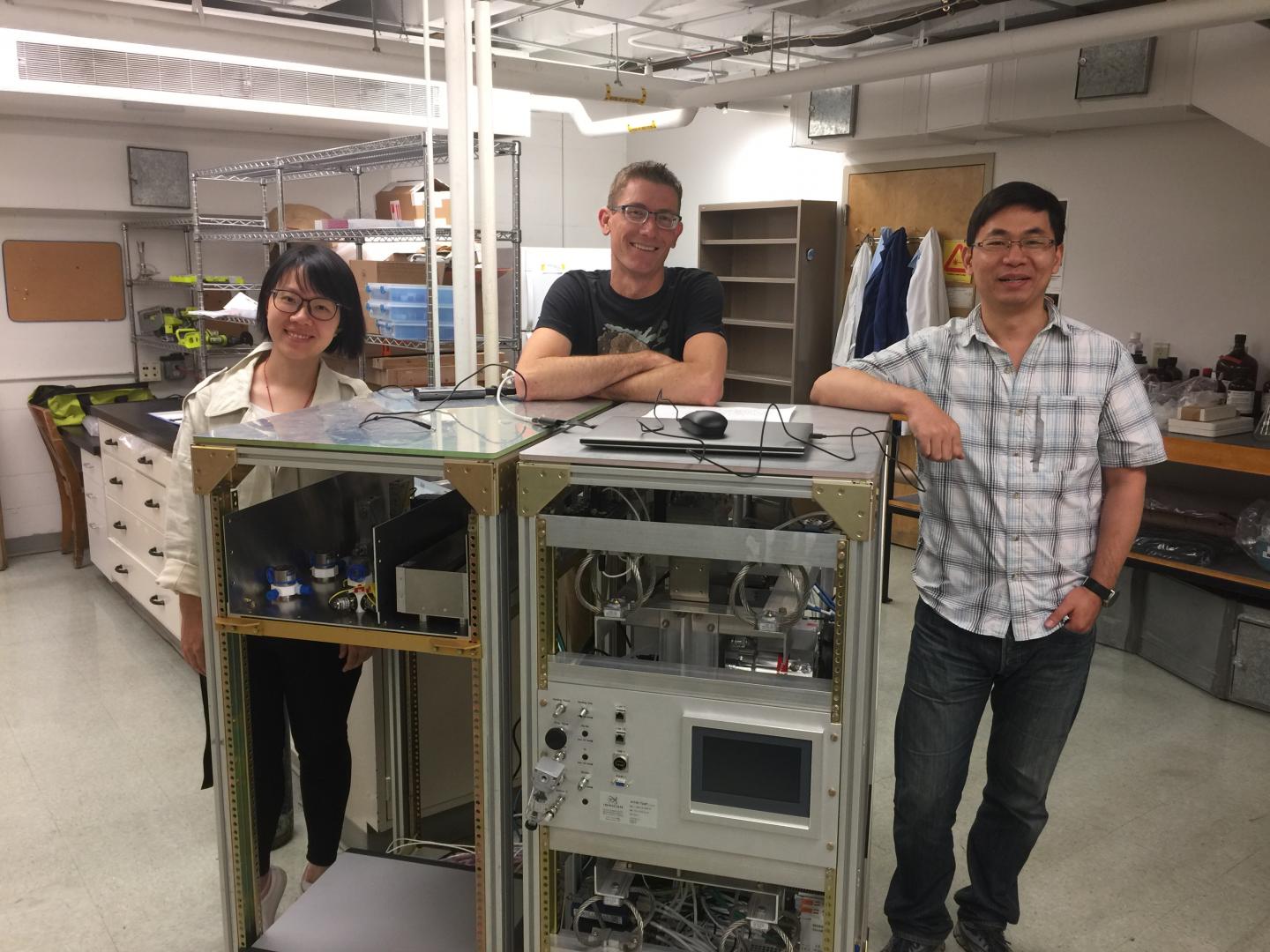
Credit: Courtesy of Lu Hu
MISSOULA – University of Montana scientists will fly straight into the smoke of western wildfires as part of a collaborative research project, thanks to a new grant from the National Science Foundation.
Assistant Professor Lu Hu from UM's Department of Chemistry and Biochemistry received $406,000 for the three-year project, which aims to study the chemical composition and evolution of western wildfire smoke. Hu and his atmospheric chemistry group will lead instrument preparation and deployment of the group's instrument on the NSF National Center for Atmospheric Research C-130 research aircraft.
This instrument will provide real-time measurements of volatile organic compounds in wildfire smoke and more insight into organic gas composition than previously possible. The VOCs from wildfires are typically toxic, and they can form ground-level ozone and fine particulate matter, which are linked to serious health impacts and regulated by the U.S. Environmental Protection Agency.
Test flights are planned for the end of this summer, and the major field campaign will take place in July and August 2018. Based out of Boise, Idaho, the airborne field campaign will sample wildfire smoke plumes throughout the Rocky Mountain West.
Once researchers collect the data, they will focus on how cloud chemistry, aerosol absorption and reactive nitrogen in wildfire plumes affect air quality, nutrient cycles, weather, climate and the health of those exposed to smoke.
"Living in Missoula, we know firsthand how wildfires can impact air quality," said Wade Permar, a graduate student in Hu's group. "Little is understood though about the chemical processes that take place in wildfire smoke plumes. We are hoping that through this campaign we can get a better understanding at how a wildfire may affect air quality for communities downwind."
The project is part of a larger $3.8 million study and collaborative effort among scientists from Colorado State University, the University of Colorado-Boulder, the University of Wyoming, the University of Washington, UM and NCAR. The larger team will include more than a dozen graduate students across the five universities, as well as undergraduate students.
For more information on the project, call Hu at 406-243-4231, email [email protected], visit http://hs.umt.edu/luhu/ or view the project abstract online at https://www.eol.ucar.edu/field_projects/we-can.
###
Media Contact
Lu Hu
[email protected]
406-243-4231
http://www.umt.edu
Original Source
http://bit.ly/2sEFE5O
############
Story Source: Materials provided by Scienmag





